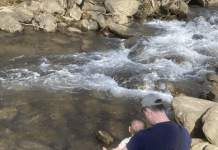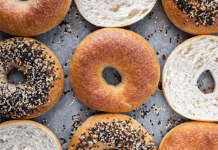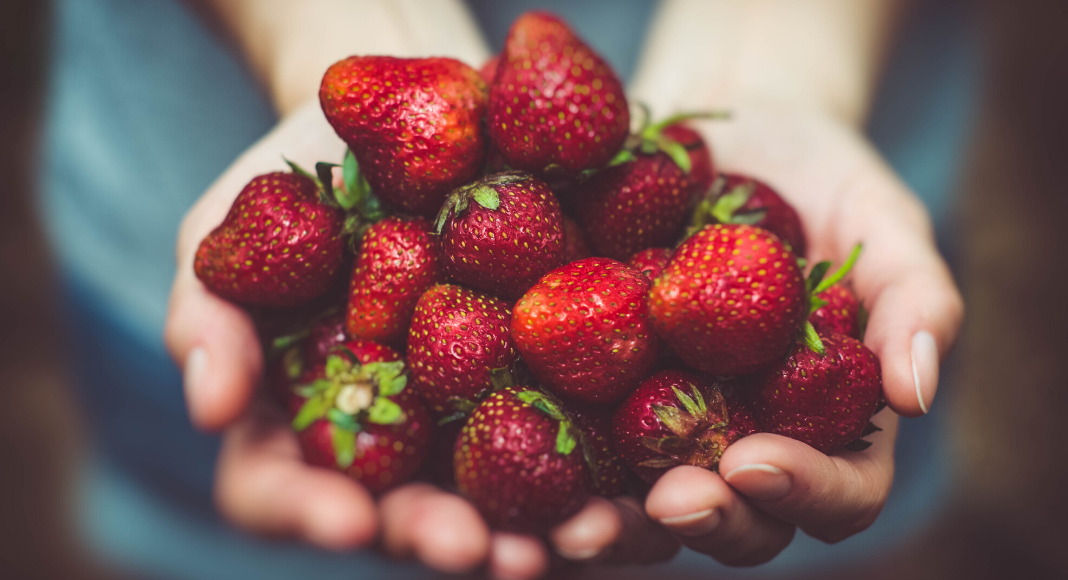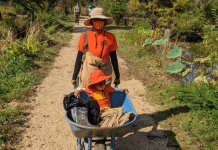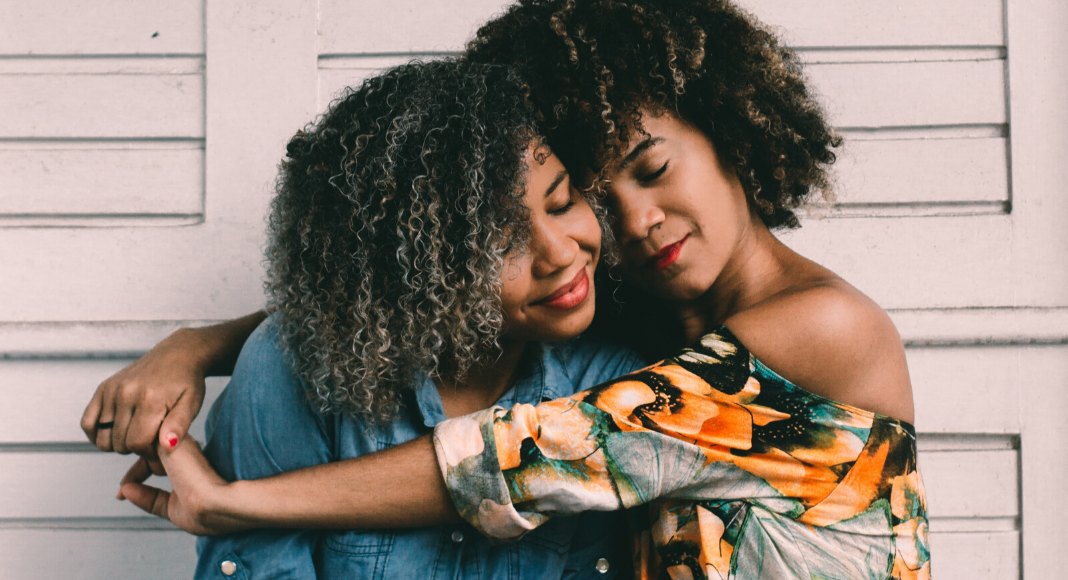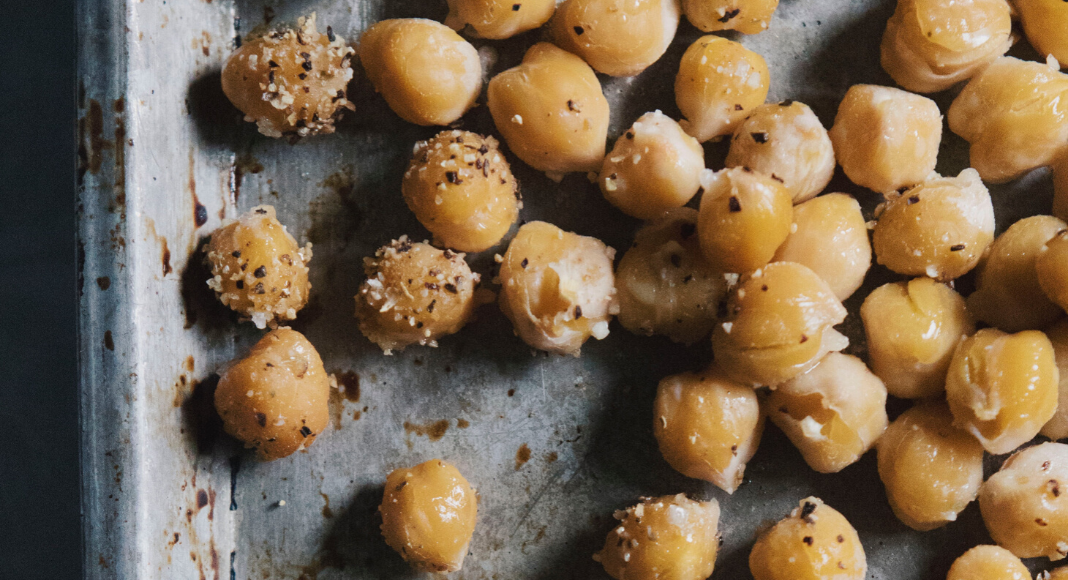It’s nearly Halloween and we share several Halloween themed science experiments for children for a variety of ages. While doing these activities, engage with children and let them explore their thoughts and hypotheses about what could happen. Using words like hypothesis, experiment, observe, conclude, are icing on the pumpkin cake!
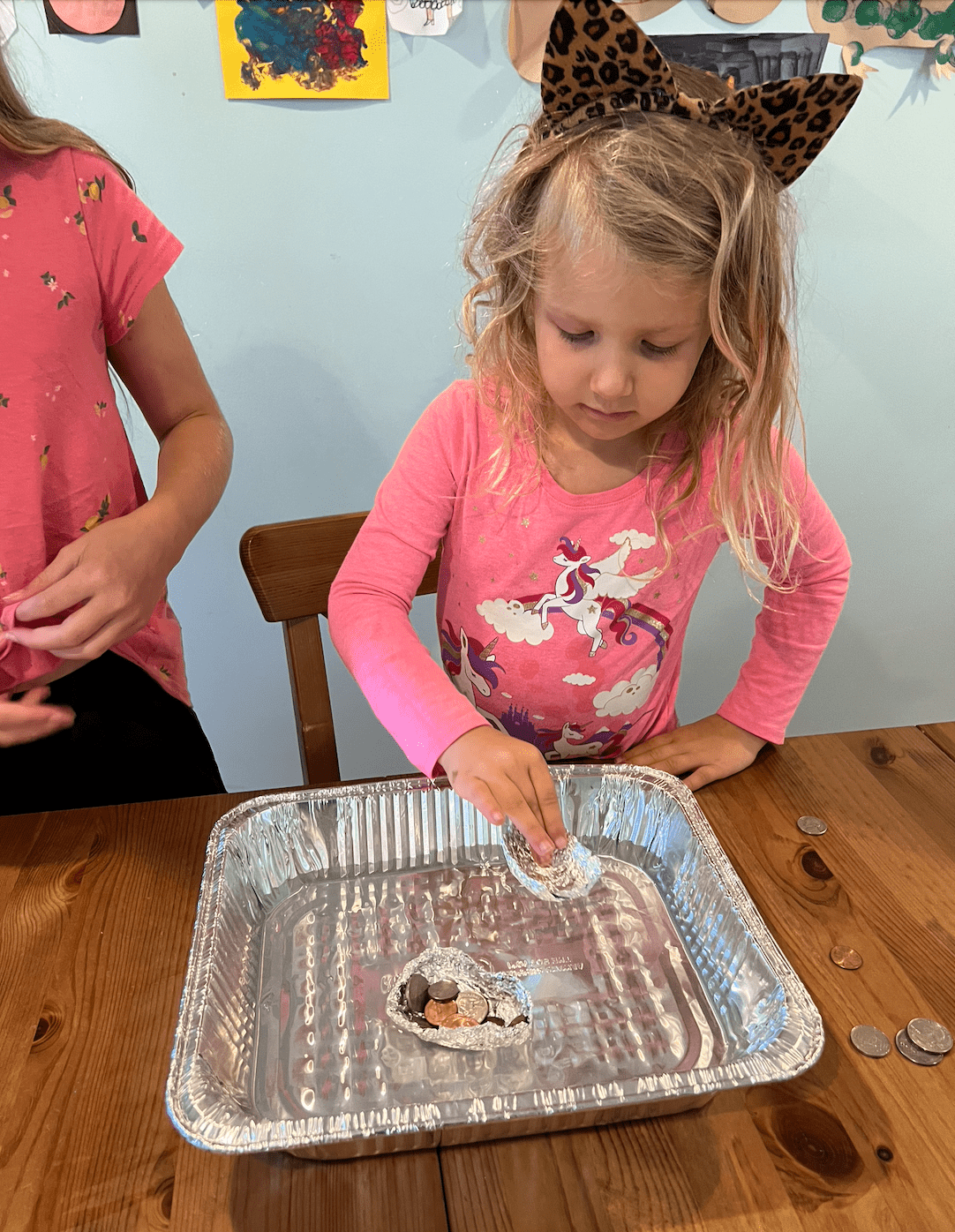 Younger Children’s Halloween Science Experiments
Younger Children’s Halloween Science Experiments
- Create a foil boat and see how many candy corns that can float until it sinks. There are many ways to make tin foil boats and making sure the water is deep enough is important. We typically use coins for this, but candy corn fits with the theme.
- Add mini pumpkins, spiders, leaves, acorns, etc. to build a fall themed sensory bin with rice, sand, play dough, etc. Kids love to explore packing, dumping, pouring, stacking, etc. with this!

- Make Wizard’s Brew by sprinkling baking soda in a container (about 1/4-1/2 inch thick). Pour vinegar in small containers and add orange, green, or purple dye (again combining colors to create the color you want). Next squirt the solution onto the baking soda and watch it fizz. We used old Vitamin D drop tops and squirters from our science kit. Have children experiment with food dye and how just one drop can change the entire color. They can add more baking soda or vinegar as they go. I love that with this experiment, you probably have all of this in your home already!
- Place dry Indian Corn in a container with about a half inch of water and watch it form small sprouts. It takes about 4 days for green sprouts to form. Get Indian Corn at a local hardware store. You track how long it takes for the sprouts to form and take notes on the progress.
 Older Children’s Halloween Science Experiments
Older Children’s Halloween Science Experiments
- Make Gooey Slime with Elmers glue, saline, and lotion.
- In a plastic bowl with a plastic spoon, mix an 8 ounce bottle Elmer’s white school glue with food coloring to make it festive.
- Mix in 1 tablespoon of baking soda.
- Next, add 1 to 1 1/2 tablespoons of saline (contact solution). Add more contact solution bit by bit if it is too sticky. More saline means thicker and less sticky. Less saline causes it to be stickier and more gooey.
- Add colored glitter or small items to the slime to go with a Halloween theme. The Dollar Tree, Walmart, or Target has great options for small festive items.
- Store it in a plastic ziplock.
- Combine water and oil in a container. It doesn’t matter which one you pour in first. Notice that it naturally separates because the water is more dense than oil. Next, add small bits of dyed water to see what happens. The colored water will slowly sink to the bottom of the cup and the dye will make unique shapes. This is a great time to explore the topic of density (the amount of mass per unit of volume) with children. More dense things are heavier and less dense things are lighter.
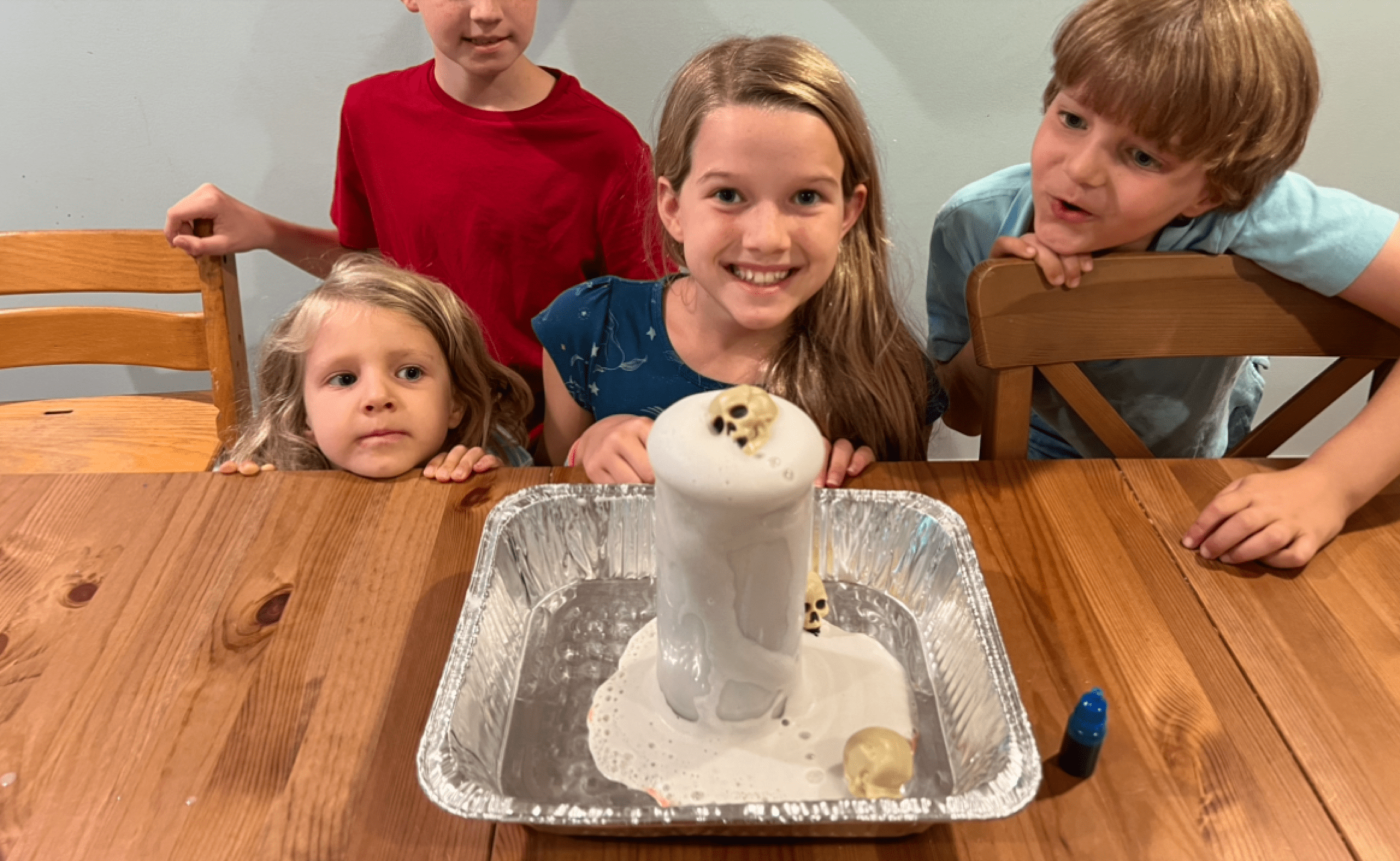
- Make Elephant Toothpaste with kids which expands and grows. We like to use a vase and a tin underneath to catch anything that comes out. This is a great experiment for kids to wear goggles if they have them. Here are the directions:
- Place the vase or tall, clear glass cup in a container that the mixture can spill into.
- Pour 1/2 cup of Hydrogen Peroxide in the vase or tall, clear cup.
- Add food coloring to dye the vase/cup with Hydrogen Peroxide and stir it in. Play with colors and combine red and yellow to make orange. If you add too much dye it will turn the mixture grey (like we did!).
- Next, add about 1-2 tablespoons of regular dish detergent and give it a little stir. We used Dawn.
- In a separate container, add 3 tablespoons of warm water and add a packet of self-rising yeast or about 1 tablespoon of yeast from a larger package. Stir the mixture thoroughly for about 30 seconds so it activates.
- Pour the yeast and water mixture into the vase or cup with the hydrogen peroxide, soap, and dye and it will slowly start to bubble over.
 Halloween Science Experiments for the Whole Family
Halloween Science Experiments for the Whole Family
- Observe how pumpkins decompose over time. See what critters come to dine on it. If you have a yard and want to grow your own pumpkins, plant seeds or let it decompose where you want pumpkins to grow.
- Collect pumpkin seeds after gutting a pumpkin for carving. Rinse the pumpkin seeds, dry them, and add 2 tablespoons of melted butter and salt. Next, add them to a baking sheet and spread them out evenly. Then Roast the pumpkin seeds for about 50 minutes at (until they are a tad golden). Add garlic or other seasonings for fun.
- Check out library books like Ada Twist or watch YouTube videos about science experiments. Discover what your kids are interested in learning about and make it happen.
- To make things easier, purchase Science Kits like this or this for kids which typically come with supplies like goggles, containers, dye, experiment ideas, solutions, etc. you’ll need for experiments today and in the future.
Do you have extra ideas for Halloween Science Experiments for kids? Please share them!


